The characteristics of powders can vary significantly, impacting how they are processed, stored, and used. One of the key distinctions is whether a powder is free-flowing or non-free-flowing. Here are the main differences between the two:
1. Flowability
- Free Flowing Powder:
- Free-flowing powders easily move or flow through containers, hoppers, and equipment.
- They typically have a smooth texture and are not prone to clumping.
- Non-Free Flowing Powder:
- Non-free-flowing powders are prone to caking or sticking together, making them harder to move.
- They have poor flow characteristics and may require additional handling or equipment to process effectively.
2. Particle Size and Shape
- Free Flowing Powder:
- The particles are usually uniform in size and have a smooth, spherical shape.
- This allows the powder to flow more easily.
- Non-Free Flowing Powder:
- The particles may be irregularly shaped or have a range of sizes.
- This irregularity can cause the particles to interlock, inhibiting smooth flow.
3. Applications
- Free Flowing Powder:
- Ideal for automated processes like mixing, filling, and packaging.
- Common in industries like food processing, pharmaceuticals, and chemicals, where easy handling and uniformity are crucial.
- Non-Free Flowing Powder:
- Used in situations where precise control over flow is not as critical.
- Common in industries where powders need to be compacted or stored for longer periods, such as in construction or certain pharmaceutical formulations.
4. Storage and Handling
- Free Flowing Powder:
- Easier to store and transport because it doesn’t clump or cake.
- Non-Free Flowing Powder:
- Often requires special storage conditions or additional equipment to prevent clumping and ensure ease of use.
Understanding the difference between free-flowing and non-free-flowing powders is important for choosing the right materials and processes for various applications.
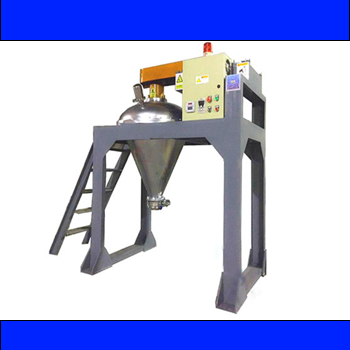
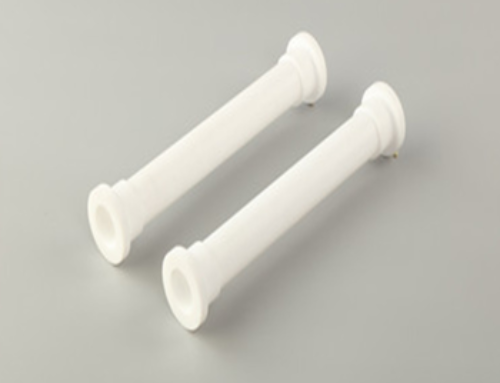
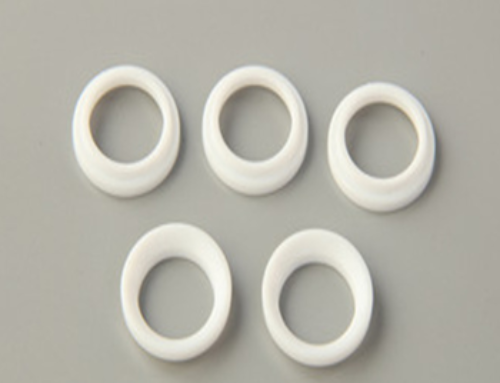
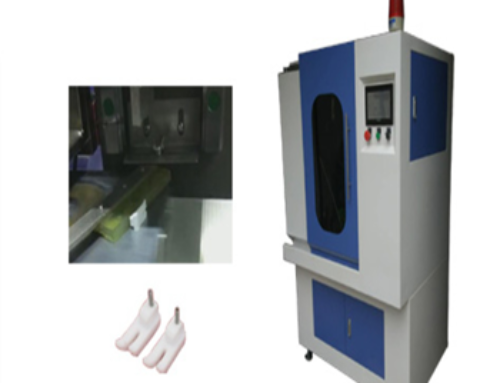
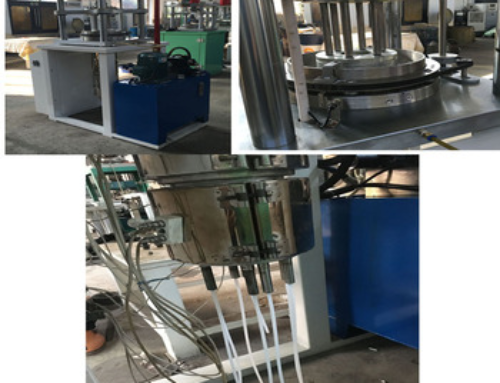
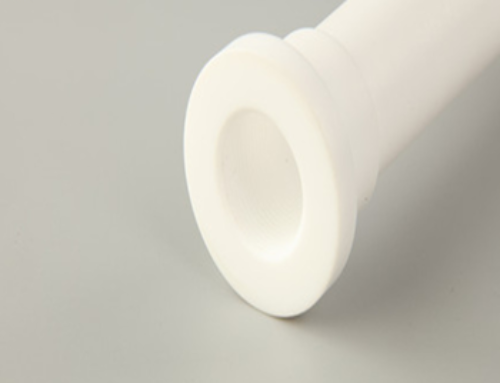

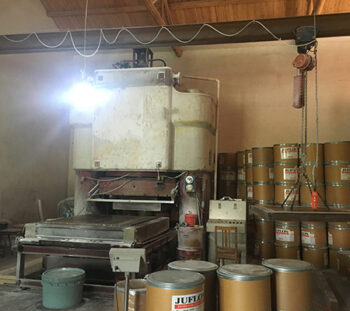
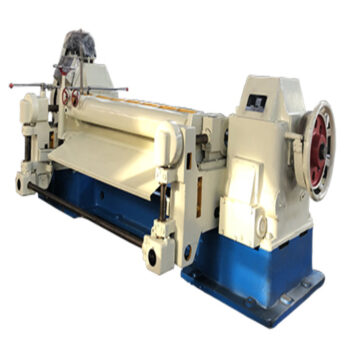
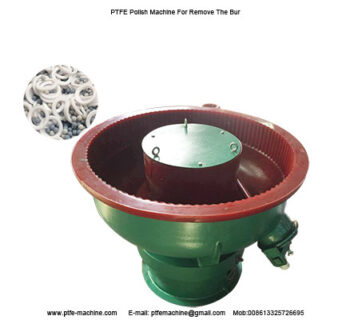
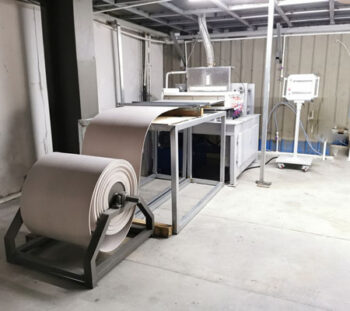
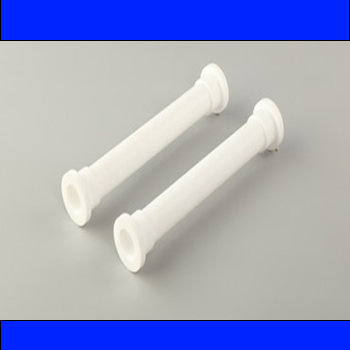

Leave A Comment
You must be logged in to post a comment.